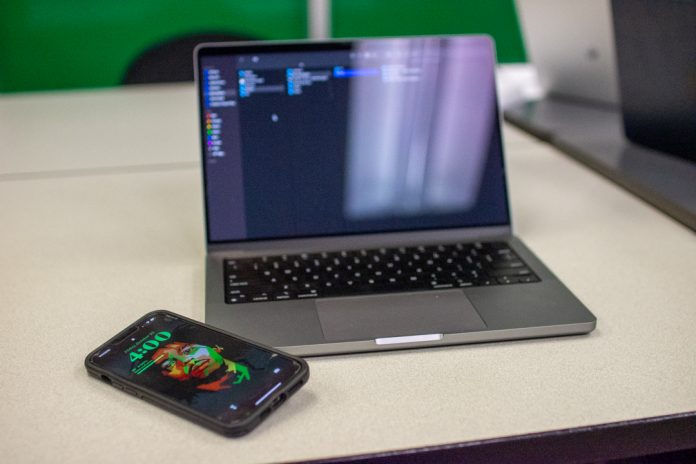There you are, on the way to work or school, with an important presentation on your phone. You arrive and begin to set up. You go to call up the presentation on your phone and plug it into the USB connector.
You navigate to the ‘files’ app. If you’re lucky, it will be right at the top of the list that comes up. If not, then depending on your phone configuration, it could be stored in any number of folders that have been auto generated within your file system.
That’s even if your phone outputs a display in the first place.
By now, you might be longing for the classic experience of a real computer, where HDMI ports and filing systems are fleshed out, customizable, and accessible. Add a mouse, keyboard, and bigger screen to the mix, and most people can find things in half the time it takes to do on mobile.
Recently, tech news outlets have been talking about Google’s rumoured support for Android 14’s ‘desktop mode’. However, this feature has been talked about and prodded at for decades now, and we still do not see consumers using their phones as desktop replacements.
Herein lies the problem with mobile phones, and it is part of why we don’t use these pocket-sized computers to their full potential. File systems on mobile devices have been made unnecessarily stripped-down versions of filing systems that have existed on computers for decades, and only a select few flagship models have the option of giving the user a desktop experience when plugged into peripherals. and it severely restricts how we use them. When a new mobile phone can run customers over $1000, you would think it would be capable enough to at least mimic the experience of a full computer.
Before we highlight the problems, let’s acknowledge the progress. Apple has allowed users to essentially ‘save as’ into their iCloud, which is fairly customizable as it is run on a server on a real computer, but the feature is slightly more limited when saving to local storage. Apple also allows you to plug most of their devices into monitors to get a ‘desktop mode.’ However, it is essentially a mirrored screen with a few tweaks, which limits the productivity potential.
Android, on the other hand, is in an even more precarious position. Since not all Android phones are made by one company, different models will have different Android features accessible to the user. The most popular line of Android phones is the Samsung Galaxy phones, but even within that lineup, there is a wide variety of capabilities. The nicer ones have the ‘Dex’ feature, which is possibly the best venture into a true desktop mode the Android platform has seen.
It seems that if you aren’t on a high-end Samsung though, your experience may be limited. Juan Bagnell, a youtuber who keeps track of this feature made a video last year highlighting the situation is for Android ‘desktop mode’ on some non-Samsung phones. It didn’t bode well. This is partly because while Android develops the feature that makes it possible for phones to display to a screen, they leave it up to manufacturers to program its implementation, and not all do.
Instead of refining this potential for a plug and play desktop experience, it seems manufacturers have been building their ecosystems around the issue instead of solving it. Apple’s famous ‘airdrop’ feature is lauded by many, as it is a very simple way to send individual files between iPhones within a certain area. This removes the need for wires when transferring files. However, when it comes to plugging the phone into a monitor and using it as a computer, users are limited to just screen-mirroring, which can suffice in our presentation scenario, but in terms of productivity, still leaves more to be desired.
In today’s tech society, convenience and portability are king. We know that even a mid-range smartphone today can outperform the average desktop PC from a decade ago. What’s holding us back, though, is the software technology that allows us to use phones in a desktop manner. Stripped down filing systems and severely limited desktop modes have prevented many from doing everyday computer tasks on their phones, and pushed more customer into buying laptops, Chromebooks, and tablets that they may not have needed if the thousand-dollar phone in their pocket had extra desktop-oriented functionality.




